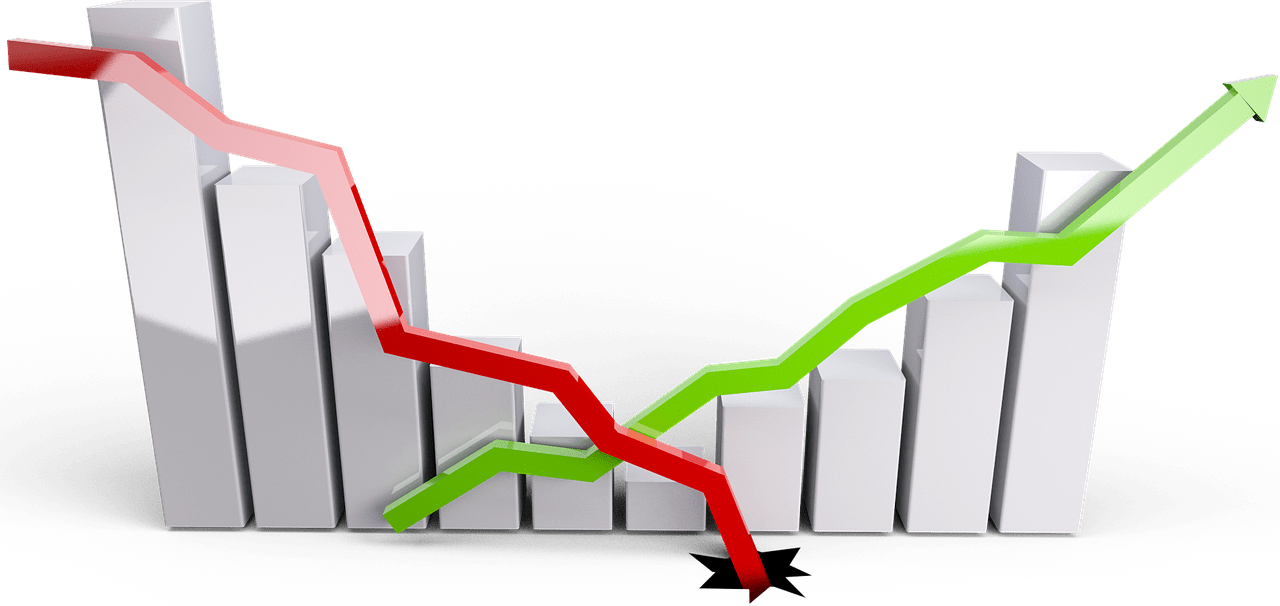Introduction
The economic performance of a country is a critical indicator of its overall health. It provides insights into the standard of living, employment rates, and the strength of the country’s currency. This comprehensive analysis aims to compare and contrast the economic performance of Austria, Sweden, and Switzerland from 2020 to 2023. The evaluation will focus on both positive and negative performance indicators to provide a balanced view.
The evaluation will focus on both positive and negative performance indicators, drawing from reliable sources such as World Bank data, International Monetary Fund (IMF) reports, and national statistical agencies.
Economic Performance of Austria (2020-2023)
Austria’s economy experienced significant fluctuations during this period. The COVID-19 pandemic in 2020 led to a sharp contraction in the economy, with GDP falling by 6.6%. However, the Austrian government’s swift response with fiscal stimulus packages helped cushion the blow.
In 2021, Austria’s economy began to recover, with a growth rate of 2.7%. The rebound was primarily driven by increased domestic demand and a resurgence in international trade. However, inflation rates also rose to 2.1%, slightly above the European Central Bank’s target.
By 2023, Austria’s economy had stabilized with a steady growth rate of around 1.8%. Unemployment rates remained relatively low at around 5%, indicating a robust labor market.
Economic Performance of Sweden (2020-2023)
Sweden’s economy demonstrated resilience during this period despite global challenges. In 2020, Sweden’s GDP contracted by only 2.8%, significantly less than many other European countries. This was largely due to Sweden’s unique approach to handling the pandemic, which avoided a full lockdown.
In 2021, Sweden experienced robust economic growth with a rate of 4.1%. This was driven by strong exports and domestic consumption. However, there were concerns about rising housing prices and household debt levels.
By 2023, Sweden’s economic growth had moderated to around 2.5%. Unemployment rates were relatively high at around 7%, but this was offset by strong wage growth and low inflation rates.
Economic Performance of Switzerland (2020-2023)
Switzerland’s economy showed remarkable stability during this period. Despite an initial contraction in GDP by 3% in 2020 due to the pandemic, Switzerland quickly bounced back with a growth rate of 3.2% in 2021.
The Swiss economy continued to perform well into 2023 with steady growth rates around 2%. Unemployment remained low at around 4%, reflecting Switzerland’s strong labor market conditions.
However, Switzerland also faced challenges such as high living costs and an aging population that could potentially strain public finances in the future.
Conclusion
In conclusion, all three countries demonstrated resilience in their economic performance from 2020 to 2023 despite global challenges. Austria showed significant recovery after an initial contraction due to effective government measures while Sweden demonstrated robust growth driven by strong exports and domestic consumption but faced concerns over rising household debt levels.
Switzerland maintained steady growth rates and low unemployment but faced potential long-term challenges related to high living costs and an aging population. These analyses underscore the importance of considering both positive and negative indicators when evaluating economic performance.
